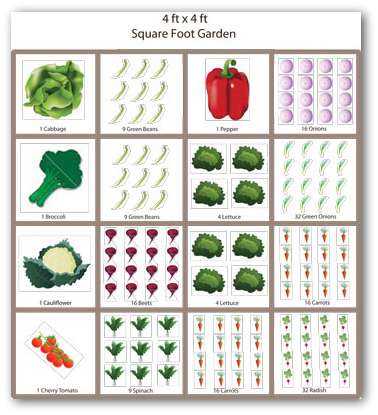Starting a vegetable garden can be incredibly rewarding, providing fresh, healthy produce right outside your back door. But before you grab your trowel and seeds, a crucial question arises: how much space do you actually need? This article will guide you through planning your vegetable garden, considering your needs, available space, and the types of vegetables you want to grow. We’ll explore different garden sizes and layouts to help you maximize your harvest and minimize potential overwhelm. Let’s dig in!
Understanding Your Vegetable Gardening Needs
Before figuring out the square footage, consider what you hope to achieve with your garden. This will directly influence the size you need.
- How much food do you want to grow? A few herbs and tomatoes for salads? Or enough to can and freeze for winter?
- How much time can you dedicate to gardening? A larger garden requires more maintenance (weeding, watering, harvesting).
- What vegetables do you want to grow? Some plants, like pumpkins and corn, need significantly more space than others like lettuce and radishes.
Small-Space Vegetable Gardening: The 4×4 Raised Bed Option
For beginners or those with limited space, a 4×4 raised bed is an excellent starting point. It’s manageable and allows you to grow a surprising amount of food.
Fact: A well-planned 4×4 raised bed can yield enough vegetables for a small family to enjoy fresh salads and side dishes throughout the growing season.
Estimating Space Requirements for Common Vegetables
Different vegetables have different space requirements. Knowing these will help you plan your garden layout effectively.
Here’s a table showing approximate spacing needs for some popular vegetables:
| Vegetable | Spacing (inches) |
|---|---|
| Lettuce | 6-8 |
| Radishes | 1-2 |
| Tomatoes | 24-36 |
| Peppers | 18-24 |
| Zucchini | 36 |
Planning for Vertical Gardening to Maximize Space
If you’re truly limited on ground space, vertical gardening is your friend. Think trellises, hanging baskets, and stacked planters.
Consider growing climbing plants like cucumbers, beans, and even some varieties of squash vertically. This not only saves space but also improves air circulation and reduces the risk of certain diseases.
FAQ: Vegetable Garden Space Planning
Here are some frequently asked questions about determining the right amount of space for your vegetable garden.
- Q: What’s the smallest possible vegetable garden?
- A: Even a single container on a balcony can qualify as a vegetable garden! You can grow herbs, tomatoes, or peppers in pots.
- Q: How much space do I need to feed a family of four?
- A: A garden of approximately 200-400 square feet should be sufficient, assuming you’re growing a variety of vegetables and supplementing with store-bought produce.
- Q: Can I start small and expand later?
- A: Absolutely! Starting small is often the best approach for beginners. You can always add more beds or containers as you gain experience and confidence.
Ultimately, the ideal size for your vegetable garden depends on your individual circumstances and goals. Careful planning, considering your available space, desired crops, and time commitment are key to success. Don’t be afraid to experiment and adjust as you go. Gardening is a learning process, and each season will bring new insights. Remember to start small, focus on plants you enjoy eating, and prioritize good soil health. With a little effort and planning, you can create a thriving vegetable garden that provides you with fresh, delicious produce for years to come; So, get out there and start planning your dream garden today!


